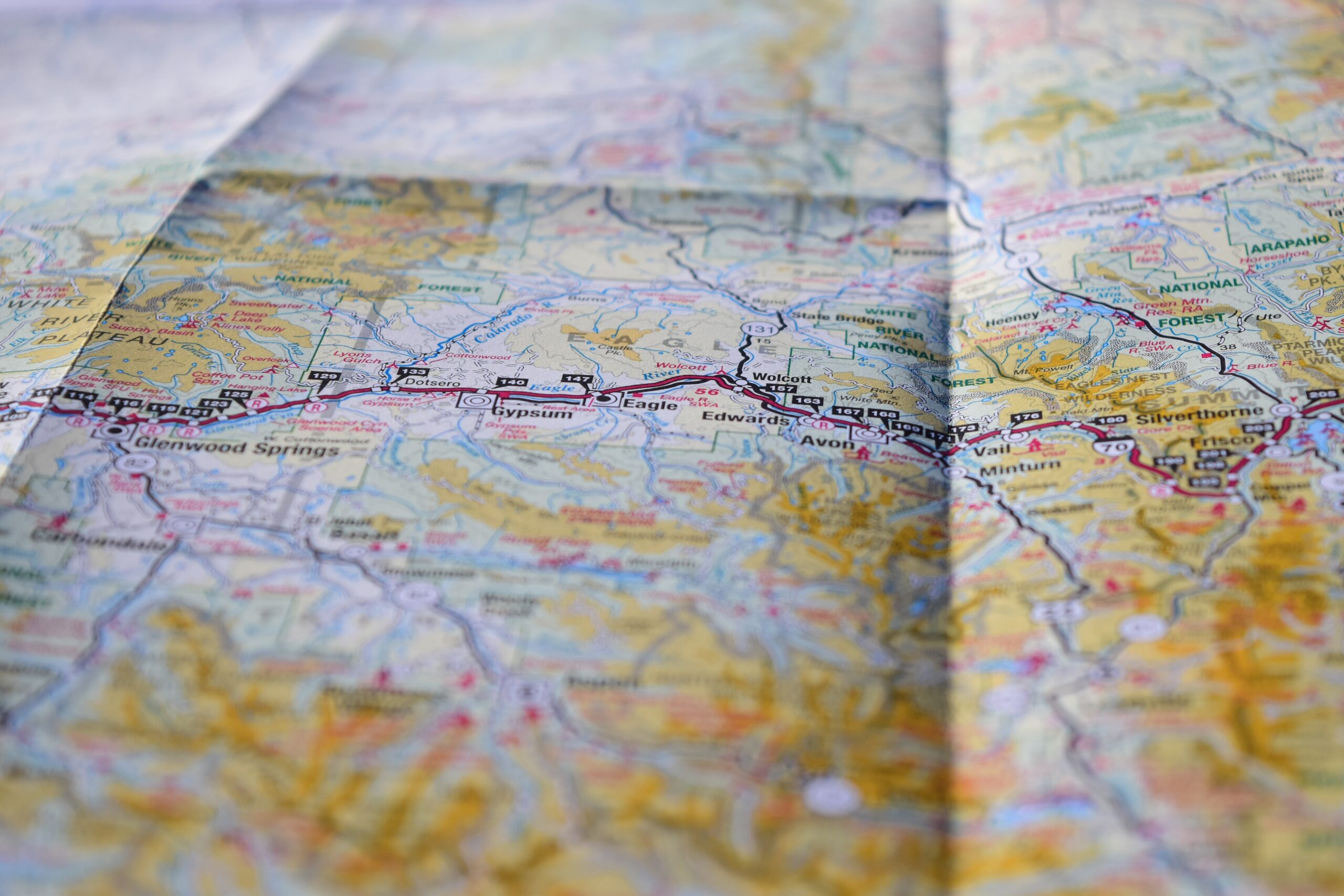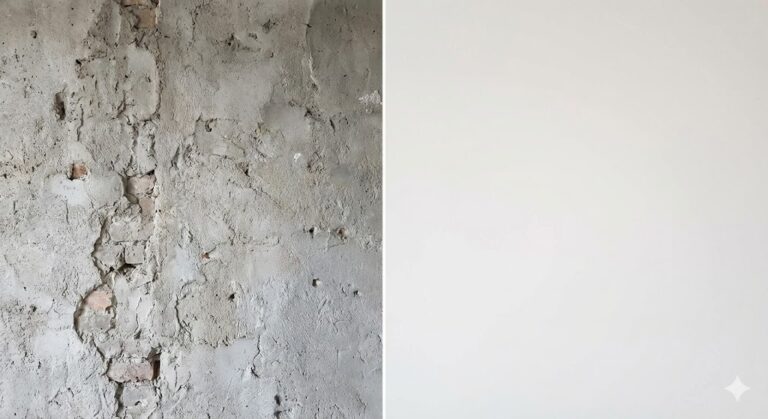Introduction
Gypsum plastering is a popular choice for interior wall finishes due to its numerous benefits, including durability, fire resistance, and smooth finish. If you’re considering gypsum plastering for your home or commercial space, one of the key factors you’ll need to consider is the cost. In this blog post, we will explore the factors that influence the cost of gypsum plastering per square foot and provide you with a better understanding of the expenses involved.
Factors Affecting the Cost
Several factors contribute to the overall cost of gypsum plastering per square foot. Understanding these factors will help you estimate the expenses more accurately:
- Area to be Plastered: The size of the area to be plastered is a significant factor in determining the cost. Larger areas will require more materials and labor, leading to higher costs.
- Complexity of Design: If your walls have intricate designs or require additional detailing, the cost may increase. Complex designs require more time and effort, which can impact the overall expenses.
- Quality of Materials: The quality of gypsum plaster used can affect the cost. Higher quality materials may be more expensive but can provide better durability and finish.
- Location: The location of your project can also influence the cost. Labor and material prices may vary depending on the region or city.
- Preparation Work: If there is existing plaster or paint that needs to be removed before applying gypsum plaster, additional preparation work will be required, leading to increased costs.
Cost Estimates
It is important to note that the cost of gypsum plastering can vary significantly depending on the factors mentioned above. However, as a general guideline, the average cost of gypsum plastering per square foot ranges from $2 to $5.
Keep in mind that this estimate includes the labor and material costs involved in gypsum plastering. However, it does not include any additional expenses such as surface preparation, scaffolding, or transportation of materials.
Additional Expenses to Consider
When budgeting for gypsum plastering, it is essential to consider any additional expenses that may arise. These include:
- Surface Preparation: If your walls require extensive preparation work, such as removing existing paint or plaster, this will incur additional costs.
- Priming and Painting: After the gypsum plastering is complete, you may need to prime and paint the walls, which will involve extra expenses.
- Finishing Touches: If you desire additional decorative elements or finishes, such as cornices or moldings, these will add to the overall cost.
- Transportation and Delivery: If you live in a remote location or have limited access to suppliers, transportation and delivery costs may be higher.
Conclusion
Gypsum plastering offers a range of benefits and is a popular choice for interior wall finishes. When considering the cost of gypsum plastering per square foot, it is crucial to factor in the size of the area, complexity of the design, quality of materials, location, and any additional expenses. By understanding these factors, you can estimate the overall cost more accurately and plan your budget accordingly.
Remember to consult with professionals and obtain multiple quotes from reputable contractors to ensure you receive fair pricing for your gypsum plastering project.



